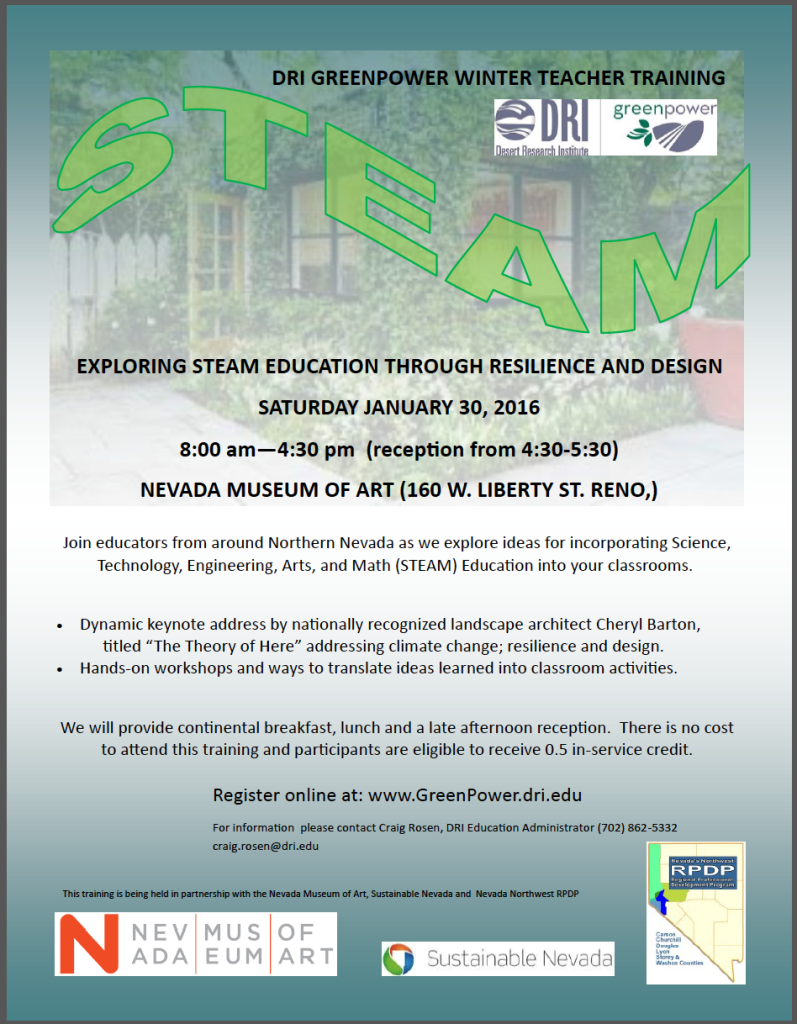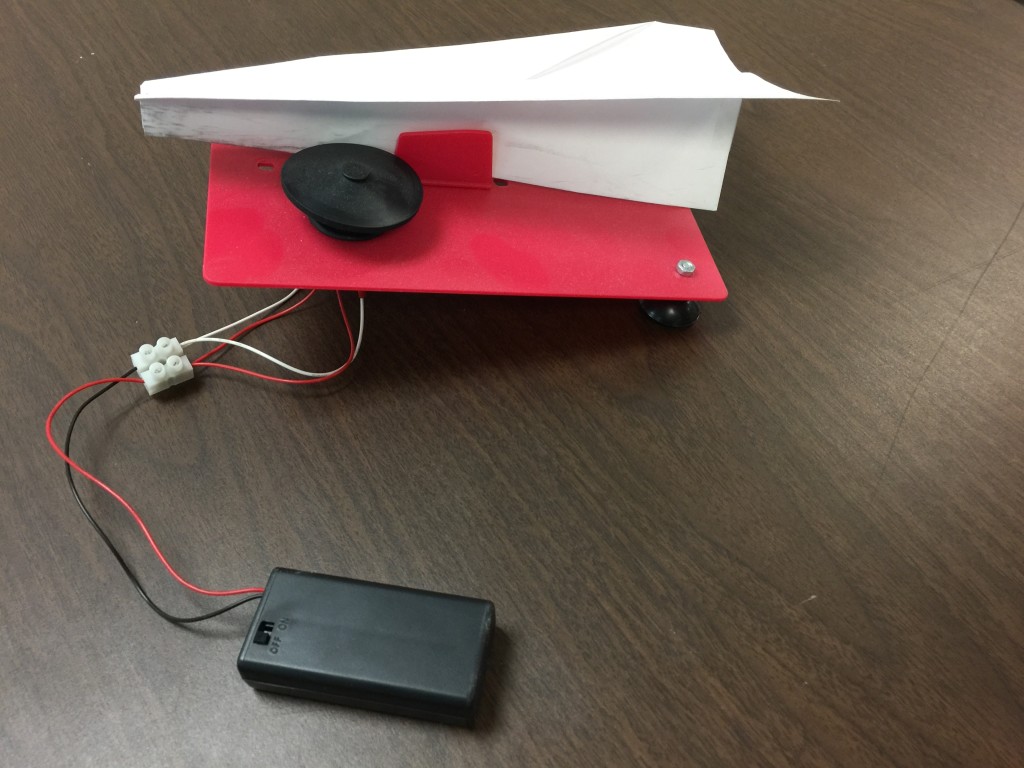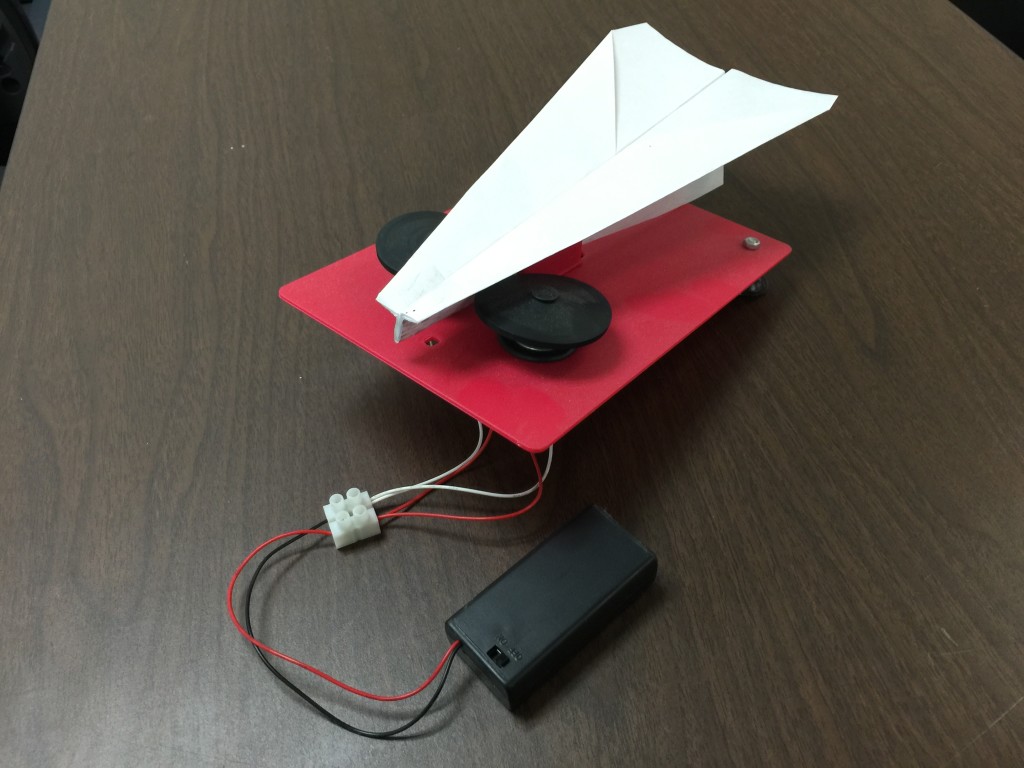I recently happened across this piece I wrote in 2002 for a writing class, in fact my Northern Nevada Writing Project class, about my experiences during the 1989 Loma Prieta Earthquake and its aftermath. (Side note – Corbett Harrison who is co- genius behind Writingfix.com was one of my instructors)
I was teaching 6th grade in the San Francisco Bay Area at the time of the earthquake. I was home in the East Bay getting ready to watch a World Series game, but my wife of 2 months was on the 38th floor of an office building in downtown San Francisco. Today, October 17, 2013, is the 24th anniversary of that event, so I thought it fitting to post this today. A bit different from most posts here. Think how different this experience would be today with changes in technology.
A Whole ‘Lotta Shaking Goin’ On
I settled into the couch, a crisp fall apple clenched in my teeth, and with a quick double poke on the remote I turned the TV on and selected the World Series channel. Nancy wouldn’t even start her ninety-minute commute home for another half-hour, so I could relax, watch some of the game and still have plenty of time to prepare dinner.
As the game coverage faded in on the set, I took my first bite of apple and immediately felt strangely disconnected and disoriented. The feeling only lasted a second or two but when my senses realigned, I realized I was experiencing an earthquake. A constant shaking sensation like traveling over slightly uneven pavement was joined by intermittent sharp bumps. My eye caught a hanging light fixture swaying so it almost smacked the ceiling. Dishes rattled and clanked in the kitchen. A splashing sound had me glance outside at the source. The top two feet of water from the swimming pool was being sloshed out onto the surrounding deck and plants.
Car alarms sounded, windows rattled and the whole townhouse moaned. Then stillness. No pictures had fallen, or walls cracked. No dishes had fallen out of cupboards, no apparent damage. The quake had lasted about 15 seconds, but it seemed much longer.
“This is great!” I thought. “Many of my students must have felt that! What a great discussion we can have tomorrow. What did they feel? Did they follow the earthquake procedures we’d covered? Had they watched the news to find out the Richter scale reading of the….wait a minute. If that quake was epicentered near here then no big deal – but if that was centered far away that was a big quake!”
It was then that I noticed the TV was dark. I got up and confirmed the power was off. I dashed to the garage and turned the car radio on… nothing but static…bad sign. The garage light came on. I ran back into the house, turned the downstairs TV on and flipped through the channels of static until I found Channel 5 in San Francisco had a station identifier on. I bounded upstairs, shoved a blank tape into the VCR in our bedroom and pushed record. “This way I’ll get a tape of how they deal with an emergency,” I reasoned.
I returned to the living room to find channel 5 coming on live. Dave McEllhatten appeared from a darkened newsroom looking flustered but talking calmly. “You felt it,” he reported, “and it was a big one, or at least the biggest one I’ve felt.” He explained they were on generator power, hence the dim lights, and that they would get us information as quickly as they could.
Seeing the newsroom intact made me feel better since Nancy’s office was on the 38th floor of a building just across town from there.
Within 5 minutes I was seeing scenes of a bridge collapse, which initially they reported as the Carquinez Bridge, but was really the Bay Bridge, and smoke pouring from a collapsed freeway and buildings here and there.
But what I also saw was not much other damage. I tried the phone but it was dead. I figured the only way Nancy would still be in her office was if everything was OK anyhow.
I walked through our townhouse to inspect for damage but found none.
Now I got antsy. “Is there something I should do?” I thought. “But what? Getting in my car was the wrong thing to do – and where would I go? The bridge was down and finding Nancy would be next to impossible.”
“The last Bart train is out of the tube which is good news,” Dave reported, “and no more trains will be running until they can check the tube for damage.” “No Bart!? But that’s Nancy’s way home,” I moaned.
Now there were scenes from San Francisco, San Jose and Santa Cruz of building collapses and fires. Then a report came from The Marina section of San Francisco that showed apartment buildings off their foundations, on fire and a general chaos of people shouting, sirens blaring and bleeding people being carried off in stretchers.
I tried the phone again…nothing. I hung it up only to have it almost immediately ring. I answered and heard a strange voice speaking in Spanish. I answered in my best college Spanish but as soon as they heard my voice they hung up. So the phones were working!
I hung up and tried the phone…nothing. As I held the phone in my hand thinking about what to do next I heard the dial tone click on. “Great it works!” I thought, “But who to phone?” I tried Nancy’s office but the call didn’t go through.
My Mom answered my next call on the second ring. My parents only lived about 4 miles from me. Mom informed me that she had not heard from my sister who worked in the same building as Nancy. We reassured each other that they were probably fine and hung up so as not to tie up the phone line during an emergency.
Now the reports from the TV were coming in fast and furious. Scenes from Candlestick Park where the World Series had been cancelled, and then from the Cypress Freeway that led onto the Bay Bridge came reports that the upper deck of the freeway had collapsed onto the lower deck, a gruesome image to be sure.
I decided to try the phone again. It had by now been about 2 hours since the quake and it was dark. I reasoned that Nancy may have gone to her sister’s apartment in San Francisco. Before I could get to the phone, it rang. It was my Mother telling me that Nancy was all right. She had met up with my sister and they had hired a limo to take them and another woman to Nancy’s sister’s apartment.
I called Nancy. It took several minutes but the call went through. Nancy said they were hunched over a transistor radio with a dying battery, trying to hear what was going on. Helicopters were landing and taking off from the park next door, ferrying National Guardsmen around the city. Otherwise, she said it was pitch black and eerily quiet.
She explained that she had had to walk down 38 flights of stairs after the quake and that she had picked up some pieces of her building that had crumbled on the ground in case I wanted to show my class. I filled her in on what I knew and that she could probably catch a ferryboat home the next day. Knowing we were each all right, we hung up.
Soon afterwards I got several calls from friends and relatives from other states checking on us, asking me what I knew, and could I contact someone they couldn’t and let them know if they were OK. This took some time, but I found out in doing so that my phone service was working better than seemingly anywhere in the Bay Area. I was able to get through every time and get back to people and let them know things were fine.
About 9:00pm Nancy’s boss called to see if everything was OK and report that she knew Nancy was fine. She was calling from the office! She had no lights but the phone worked so she was calling employees’ families and letting them know how things were.
“Um, they’re reporting that there might be large aftershocks, Laurie!” I reported, “don’t you think you might want to get off the 38th floor!?” In true type A personality fashion she assured me she was fine. Her husband was driving the 80 or so miles from their house in the East Bay to come down the peninsula and across the Golden Gate Bridge to get her. The bridge was closed but might reopen.
“Laurie, they’re saying on the news that they really don’t want people coming into the city right now. Maybe you should get out of there and get to Laura’s house (Nancy’s sister),” I suggested.” She’d have none of that. She had more calls to make so she signed off.
Tim was knocking on the door soon after Laurie hung up. Tim was Nancy’s sister’s husband, and he worked on this side of the Bay Bridge so he couldn’t go home. I filled him in on what I knew and we stayed up pretty late and watched TV.
I was struck by the fact that when you watched the network coverage that most of the country was seeing you were led to believe that the Bay Area was decimated. While in truth the damage was mainly concentrated in isolated pockets. The Marina section of San Francisco where some of the most severe damage had occurred, was built on sand that had been dredged in and filled an area that used to be part of the Bay. The sand had “liquefied” during the quake and that had caused foundations to fail and buildings to collapse.
The rush of adrenaline from an evening of excitement made it hard to go to sleep, and yet I knew that 5:30am was fast approaching and tomorrow would be a big day at school. We were warned that some students might be traumatized and that we should be on the lookout for any students that might need help coping.
The stories from my students the next day ranged from those that hadn’t felt anything to the soccer players that ended up on the ground riding out the shaking. I got letters from a few parents thanking me for the earthquake preparedness unit we were doing. They noted sons or daughters that were usually helpless that put water in the tub in case the water went out and questioned whether they should turn off the gas in case the pipes had ruptured. Easily the toughest story to hear was from a girl in my class who reported to us that her father, an Oakland fireman, had not come home and her mom was certain he was working on the freeway trying to save those trapped in their cars under the concrete. They finally heard from him a day and a half later, and indeed he was part of the crew that was cutting through concrete and pulling out survivors and non-survivors. He later confided to me that he would never be able to fully talk to his own kids about what he had done and seen during that time. I guessed that he may have been one of the firemen who had to literally cut through a woman’s dead body to save the life of her four year old son who had been trapped for 3 days next to his dead mother.
Nancy got home that afternoon after a ferry trip and a ride to her car with someone. We regaled each other with our survival stories for a few hours. A week later building engineers reported that the Speare Street Tower where Nancy worked swayed six feet in both directions during the quake, which is exactly what it was designed to do.
Nancy went to bed early since she hadn’t slept much the night before. I settled onto the couch to watch a rehash of the day’s events, but a lump in the cushion prevented me from being comfortable. In between the cushions was the apple I had taken one bite out of when the quake struck the evening before. The other side looked OK – So I munched on it as I relived the last 24 hours with Channel 5.
Learning is messy!
 There are close to 100 teachers registered and a waiting list … apparently there is a an unmet demand – who’da thunk> 🙂
There are close to 100 teachers registered and a waiting list … apparently there is a an unmet demand – who’da thunk> 🙂



 “In 2007, Captain Barrington Irving became the youngest person to fly solo around the globe. On his 97-day journey, he flew 30,000 miles in a single-engine plane called Inspiration. “
“In 2007, Captain Barrington Irving became the youngest person to fly solo around the globe. On his 97-day journey, he flew 30,000 miles in a single-engine plane called Inspiration. “








